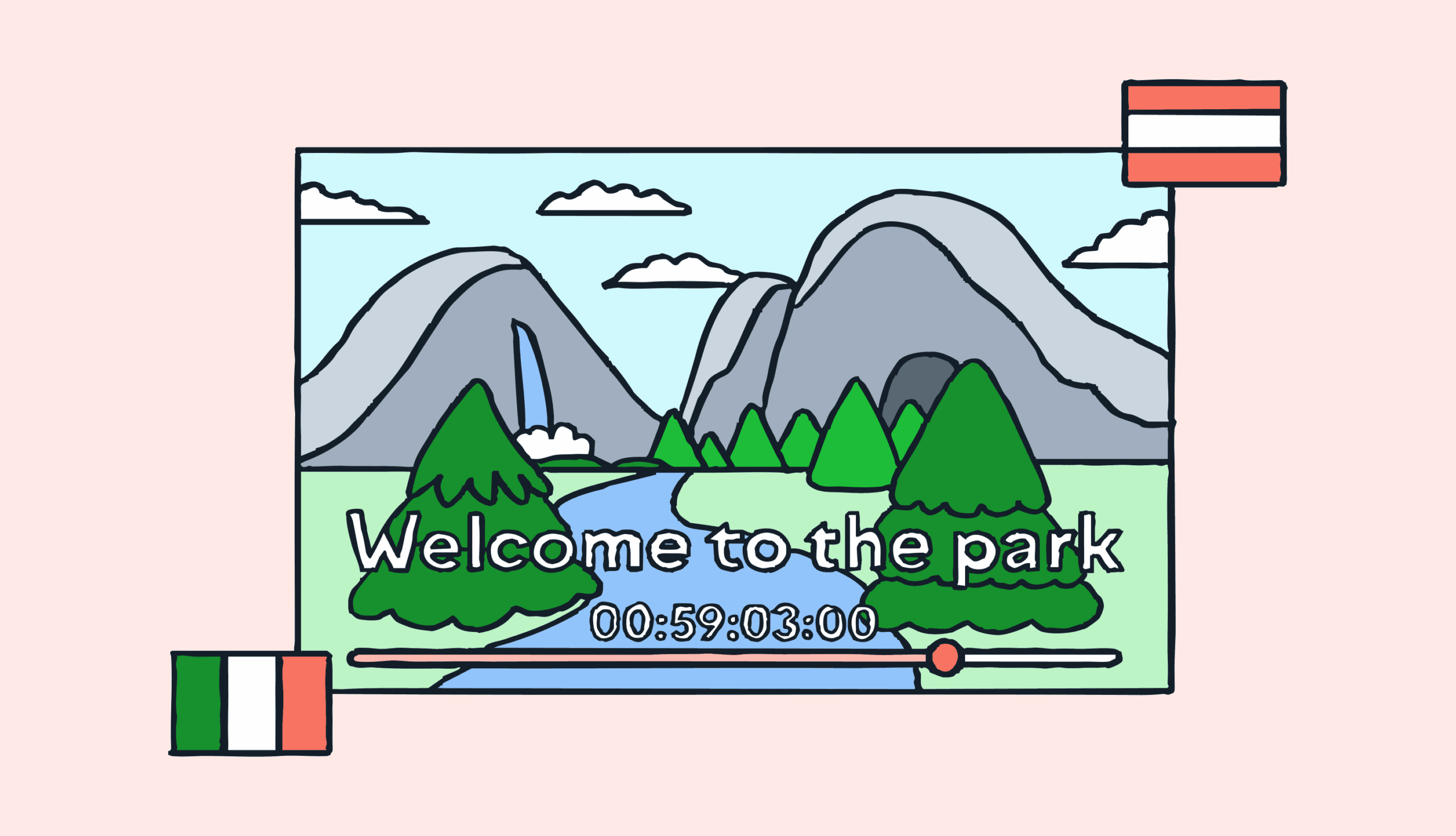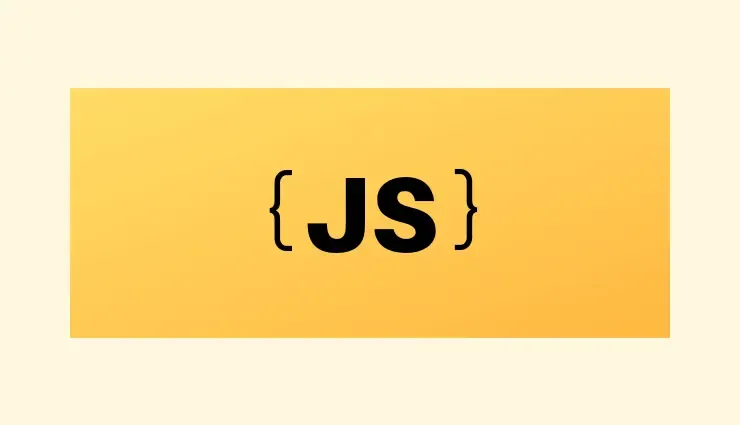Getting started with i18n (internationalization) and l10n (localization) can be quite complex, especially if you have never implemented these concepts before. Many developers find themselves asking: how do I add internationalization support to my application?
The short answer is: it depends. Nowadays, there are lots of programming languages and frameworks with their own specifics and caveats. Therefore, the i18n solution to employ will largely depend on the technology and platform you choose, including considerations for translation and localization.
Choosing the right i18n approach can greatly influence the efficiency of the overall localization process, allowing for smoother updates and ensuring that your application remains user-friendly across different languages and regions.
Understanding software internationalization is crucial, as it helps developers create applications that resonate with users from different cultures and languages. To make things simpler for you, we have created this article listing useful internationalization tutorials for developers.
Just find your specific technology, open the corresponding post, and learn how to get things done! We will constantly update this post as new articles arrive on our blog.





